![NC_Chicago225[1]](http://www.filmnoirblonde.com/wp-content/uploads/2011/08/NC_Chicago2251-214x300.jpg) Chicago’s Music Box Theatre will host the third annual Noir City: Chicago starting Friday and running through Aug. 18. Presented by the Film Noir Foundation, the fest features 16 noirs, all in 35 mm.
Chicago’s Music Box Theatre will host the third annual Noir City: Chicago starting Friday and running through Aug. 18. Presented by the Film Noir Foundation, the fest features 16 noirs, all in 35 mm.
Opening night is a double feature: 1947’s “High Wall” by director Curtis Bernhardt, starring Robert Taylor and Audrey Totter, and “The Dark Mirror” (1946, Robert Siodmak) in which Olivia de Havilland plays twin sisters, one of whom is deranged. Shocker!
Other highlights include: “Sorry Wrong Number” (1948, Anatole Litvak) and “The Glass Key” (1942, Stuart Heisler) as well as lesser-known films like “Loophole” (1954, Harold D. Schuster) and “The Hunted” (1948, Jack Bernhard), recently saved from extinction by the foundation.
Authors Alan K. Rode and Foster Hirsch will be on hand to discuss these classic noirs.
Having worked at the Chicago Tribune for many years before heading to the West Coast, I always remember this sage editing adage: “If your mother says she loves you, you’d better doublecheck.”
Speaking of checking, you can see the full Noir City: Chicago 3 lineup here.





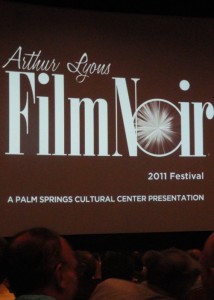
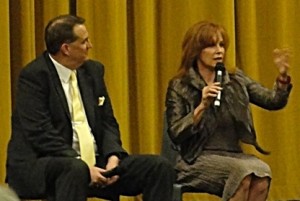
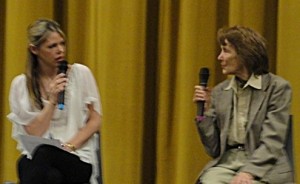
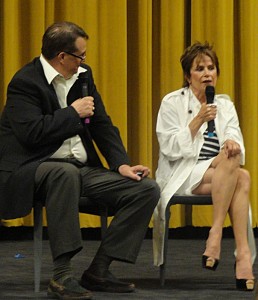
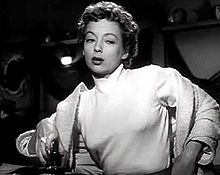
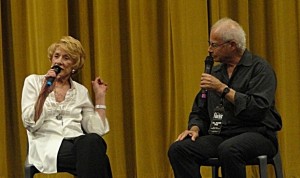
![220px-Loophole[1]](http://www.filmnoirblonde.com/wp-content/uploads/2011/05/220px-Loophole11-196x300.jpg)

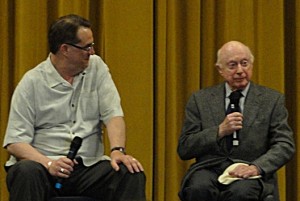
![220px-DamnedDontCry[1]](http://www.filmnoirblonde.com/wp-content/uploads/2011/05/220px-DamnedDontCry11-210x300.jpg)
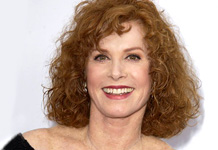





From FNB readers